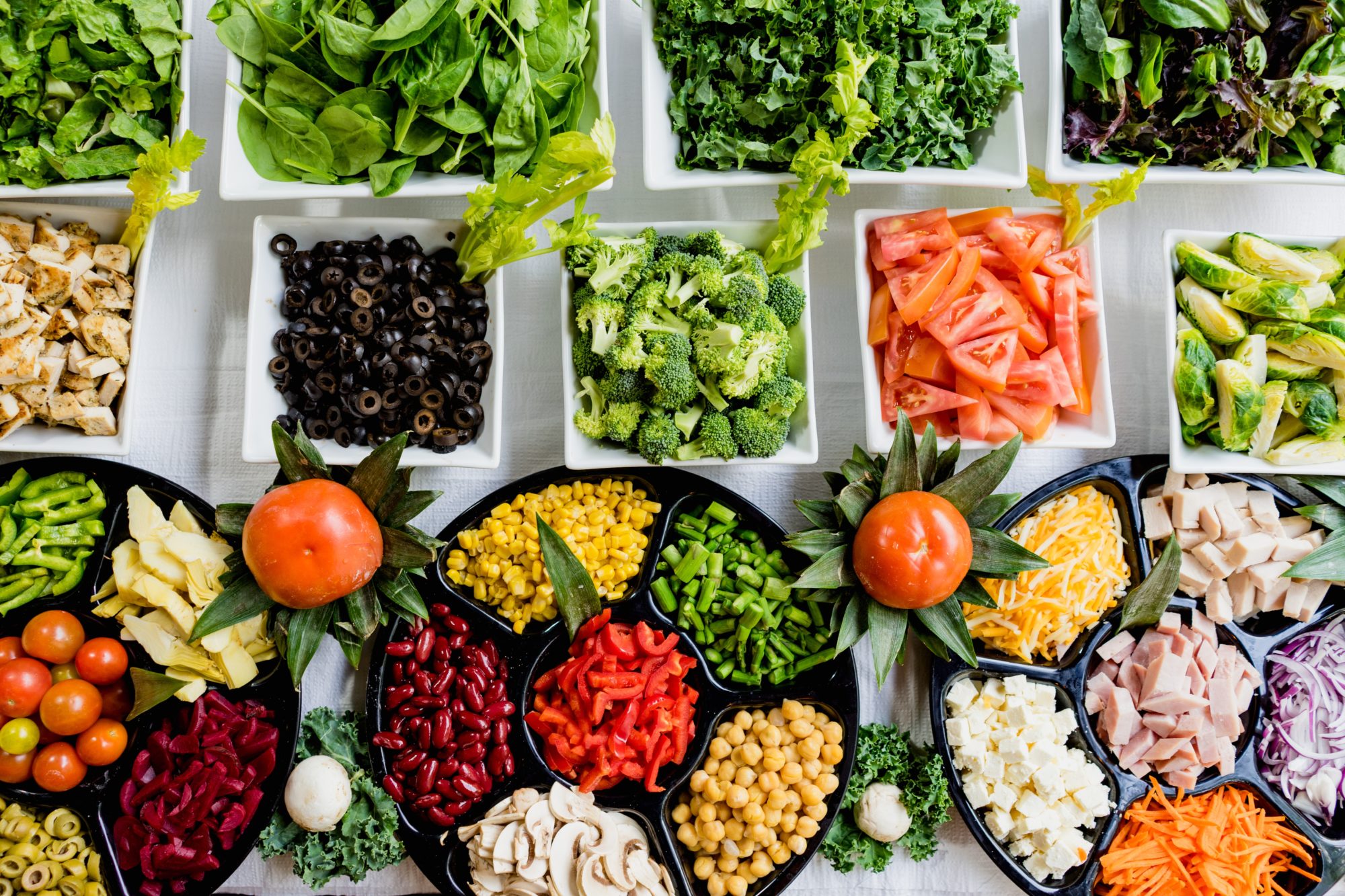This week I woke up to the sound of my daughter hacking out a lung. Sleep deprivation, difficulty breathing, and an achy body makes a person miserable. But what about your fitness routine? How do you know if you should skip that workout <GASP!> or push through?
If you do an Internet search on the subject you will find the “neck rule” which says that if your symptoms are above the neck, it is okay to exercise. On the contrary if your symptoms are below the neck, including coughing, nausea, and body pains, then exercise is not recommended.
I think this is a great place to start, but not the way to fully decide. For example, dizziness or light headedness is above the neck, but I certainly wouldn’t recommend exercising while experiencing either one. An achy, painful, and stiff body is below the neck, but might really benefit from a good slow yoga flow or stretch.
Knowing your body and understanding what it is telling you is pretty crucial to deciding well. Try choosing a lighter workout than you normally would and then reevaluate. Ellen Breeding, an exercise physiologist, told Women’sHealth, that when starting to feel sick follow this simple rule when you exercise…
“Check in with yourself 10 minutes after starting your workout. If you feel fine, then carry on. But if you don’t feel great, then wrap it up.”
I love this, because it is based on your body specifically, not somebody else’s list of rules or recommendations. Each of our body’s respond differently to sickness and stress. Learning to understand your body takes time and effort but it is so worth it! The more you listen, the better choices you can make and that works whether or not you are sick!

